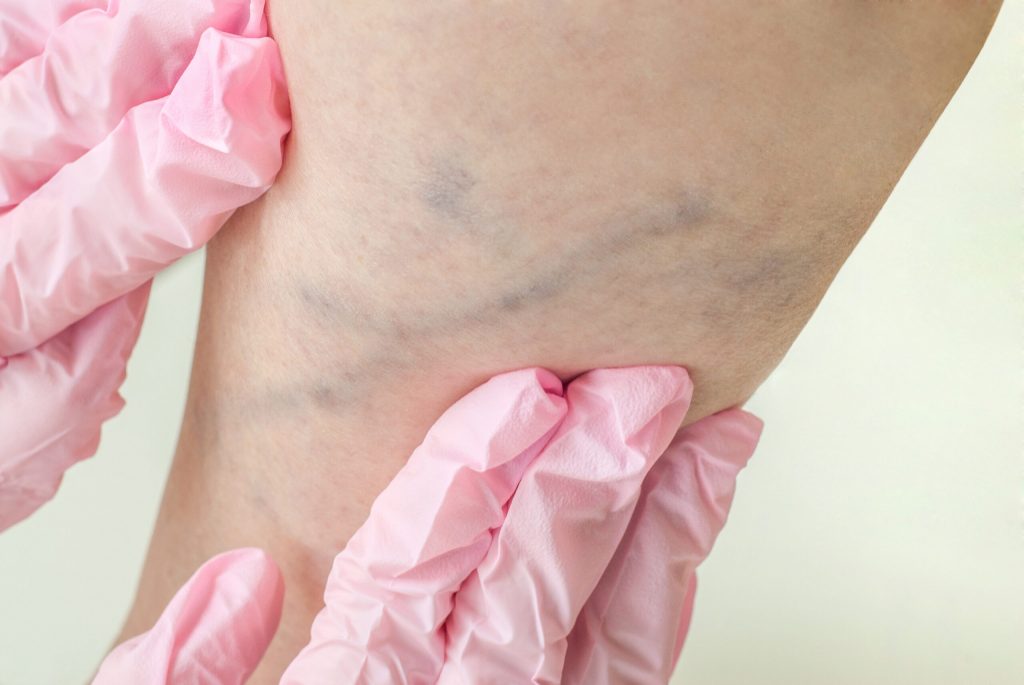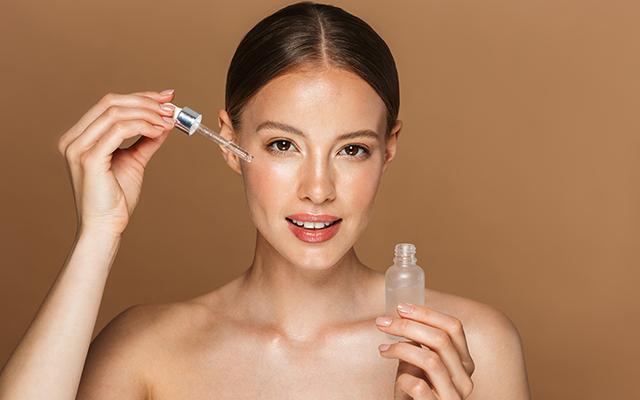As the warm rays of the sun beckon us outdoors, the allure of sunshine often leads to moments of overexposure, leaving our skin vulnerable to the painful aftermath of sunburn. Whether it is a day at the beach, a hike in the mountains, or simply lounging in the backyard, sunburn can sneak up on us, leaving our skin red, hot, and in need of immediate relief. Understanding the importance of prompt action, here are essential tips to alleviate the discomfort and aid in the healing process of sun-damaged skin. The first and foremost step in addressing sunburn is to cool the affected area. A cool shower or bath can provide instant relief by lowering the temperature of the skin. Avoid hot water, as it can exacerbate the burn. For targeted cooling, applying a cold compress or cool, damp cloth to the sunburned skin can be incredibly soothing. Hydration is key during this stage, so drink plenty of water to replenish fluids lost due to sun exposure.
Once the initial cooling is complete, it is time to reach for the aloe vera gel. Known for its natural anti-inflammatory properties, aloe vera can provide a calming effect on sunburned skin. Applying a generous amount of pure aloe vera gel to the affected areas can help reduce redness and inflammation while promoting healing. For an added boost, consider keeping the aloe vera gel in the refrigerator for an extra cooling sensation. To prevent further irritation, it is crucial to avoid harsh chemicals and fragrances found in some skincare products. Opt for gentle, fragrance-free moisturizers and cleansers to nurture your sunburned skin. If blisters develop, resist the urge to pop them, as this can increase the risk of infection. Instead, keep the area clean and dry, and consider applying an antibiotic ointment if needed. Sunburn often comes with an increased sensitivity to sunlight and read here, so taking extra precautions to protect your skin is vital.
Wear loose-fitting, light-colored clothing that covers the affected areas when heading outdoors. Additionally, apply a broad-spectrum sunscreen with a high SPF to shield your skin from further damage. Reapply sunscreen every two hours, especially if you are swimming or sweating. Incorporating anti-inflammatory foods into your diet can also contribute to the healing process from within. Foods rich in antioxidants, such as berries, leafy greens, and nuts, can help reduce inflammation and support skin recovery. Omega-3 fatty acids found in fish, flaxseeds, and chia seeds can also play a role in soothing sunburned skin. In conclusion, addressing sunburn requires a multi-faceted approach that includes immediate cooling, aloe vera application, gentle skincare, and ongoing sun protection. By taking these essential steps, you can ease the discomfort of sunburn and promote the healing of your overexposed skin, allowing you to get back to enjoying the warmth of the sun with a newfound awareness of skin care.


 Likewise, the days are gone when you needed to confront a great deal of food limitations because of the utilization of metal in your supports. Aligners today are planned in a manner to change your grin in a simple and bother free way. Furthermore, there are removable aligners which you can take off as and when expected to partake in every one of the food sources and exercises you love in obvious sense. There would not be an issue either in brushing and flossing
Likewise, the days are gone when you needed to confront a great deal of food limitations because of the utilization of metal in your supports. Aligners today are planned in a manner to change your grin in a simple and bother free way. Furthermore, there are removable aligners which you can take off as and when expected to partake in every one of the food sources and exercises you love in obvious sense. There would not be an issue either in brushing and flossing 


